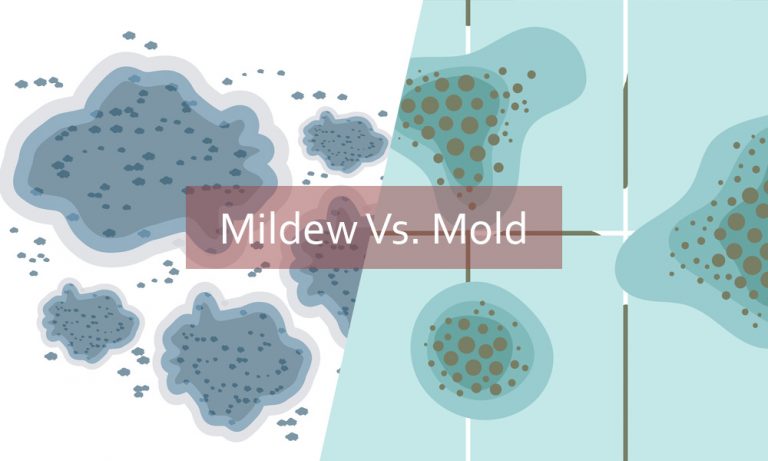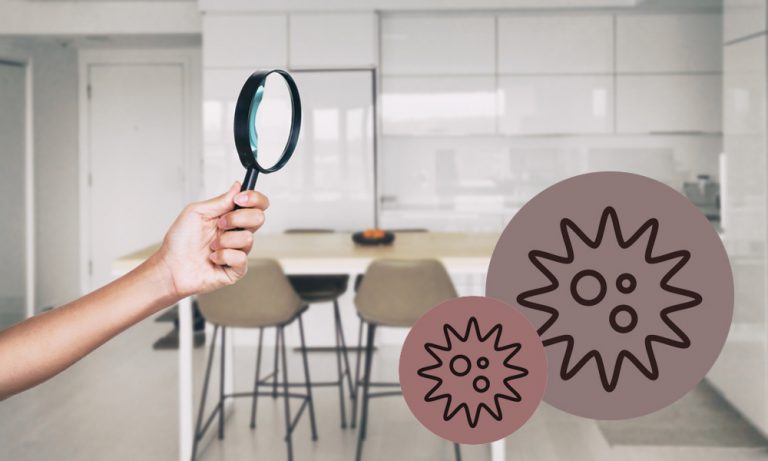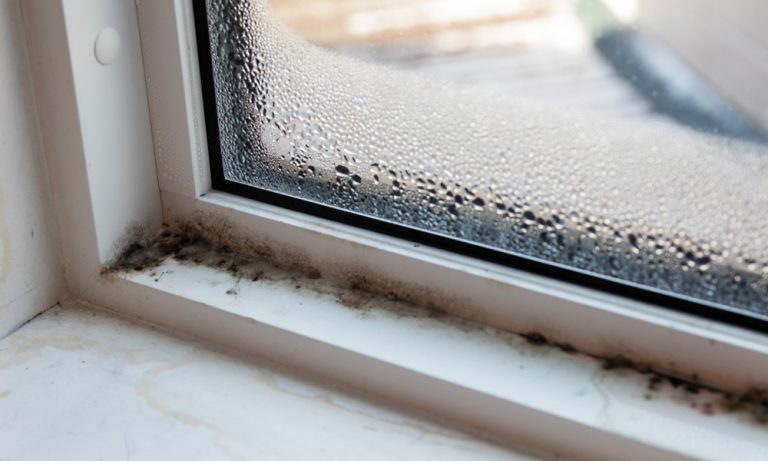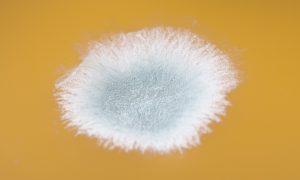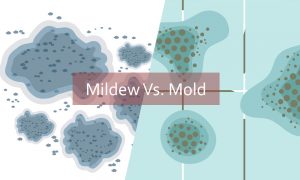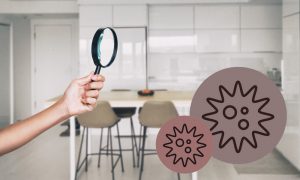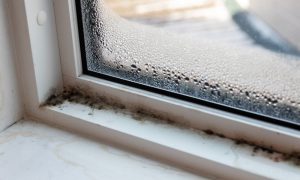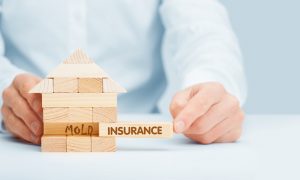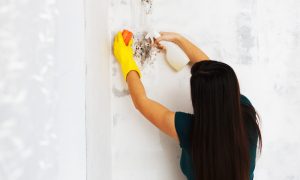The first thing that comes to mind when you notice you have mold in the house is how to get rid of it. For most homeowners, bleach seems to be the answer to all of their mold problems. It is easily accessible and visibly removes the mold once you apply it. However, is bleach really effective in mold remediation? Should you use bleach to clean mold at all?
This article provides the answer to these questions and explains why you should never consider using bleach in cleaning mold.
- Does bleach really kill Mold?
- Should you use bleach to clean mold at all?
- What is the best way to get rid of mold?
Let us dive straight into these points.
Does bleach really kill mold?
Mold is terrible. It is smelly, annoying, and destructive. Not only does it stain surfaces within the house, causing your space to look very unpleasant, it can also cause damage to your structures by eating away at your building materials like walls and furniture. So it only makes sense that once you notice mold, you want to get rid of it immediately.
The idea that bleach will help completely get rid of the mold in your home is a common misconception that has been sold by big bleach marketing agencies and websites.
The primary function of bleach is to disinfect (chlorine bleach) and to bleach (change color).
Chlorine bleach can help eliminate mold on hard non-porous surfaces like sinks, bathtubs, tiles, or glass. This is because the roots of the mold do not penetrate through this surface and so it is easily wiped off.
However, when mold grows on a porous material like wood or drywall, it spreads its root deep into the material to reach more nutrients. So when you apply bleach to such a surface, you are merely changing the mold’s color on the surface. Bleach quickly dries off on the surface and will not reach into the deeper part of the material to the mold’s root. So, in a few days or weeks, the mold regains its color and grows back to become even worse than it was before you applied the bleach.
The fact is that bleach might work well on a non-porous surfaces like tiles, sinks etc., it is not worth trying due to the numerous health hazards associated with it.
Should you use bleach to clean mold at all?
Experts advise that you should never use bleach to clean mold, whether on a porous or non-porous surface. There are many reasons for this and mainly because, using bleach to treat or clean mold can jeopardize your health.
Common household bleach is not necessarily toxic, but prolonged exposure to bleach can be very harmful to humans. When in the gaseous state, chlorine bleach produces a byproduct called dioxin, recognized as a cancer-causing compound. Hence, inhaling bleach is dangerous.
In addition to this, mixing chlorine bleach with ammonia, drain cleaners, cleansers, or any other similar chemical produces chlorine gas, which can be very harmful to health. Exposure to chlorine gas can cause a burning sensation on the skin, eyes, and nostrils. It can also negatively affect the lungs or cause breathing anomalies, mostly when used around individuals with a lung condition such as asthma.
To stress the potential harm of using bleach to kill mold, the the CDC advises against handling bleach without wearing complete personal protective gear. This includes an N95 respirator to prevent you from inhaling harmful gas, goggles, and protective gloves.
In essence, using bleach to kill mold can cause you even more harm than the mold you are trying to kill.
Bleach can contribute to further mold growth
Bleach is made up of about 90 percent water. Moreover, since molds thrive with moisture, spraying bleach on mold can contribute to further mold growth, especially on porous (permeable) surfaces.
Once you apply bleach to mold on a porous surface, the chlorine content of the beach dries up almost immediately, leaving behind the water content to be absorbed into the wood or any other absorbent material. The water travels down to the root of the mold and helps it thrive. This is why mold problems often become worse a few days after bleach is applied.
Applying bleach on mold may even cause mold to grow in surrounding areas that were previously unaffected.
Bleach is ineffective in the long run
In the long run, bleach only helps you mask the mold for a short period. After you have applied bleach to a porous surface, the mold’s dark green color is removed, and your wall returns to its bright colors. However, the roots of the molds which have reached deep into the insides continue to grow. Also, bleach does not stop harmful mold spores from spreading within the house.
In the long run, you should call an expert to look into any mold problem you have. Cleaning mold is not enough to eliminate their harmful effects because, even when molds are dead, they can still produce toxic spores. Molds have to be removed entirely, and there are different procedures for doing this depending on the type of surface on which the mold has occurred. Air quality also needs to be returned to healthy levels. To achieve these, you should let a certified mold remediation specialist handle any mold problem you have in your home.
Bleach can damage your structure
Just as mold can destroy surfaces by eating into them, bleach can also cause damage to your structure. The corrosive feature of bleach means it can eat into your wood and cause it to disintegrate by weakening the wood fibers. When you apply bleach to metal surfaces, it corrodes the metal and damages your structure.
What is the best way to get rid of mold?
Trying to get rid of mold without proper knowledge or without a professional’s help may aggravate the situation or result in even more significant problems than the mold itself.
To get rid of mold completely and prevent mold regrowth, you have to determine the type of mold you are dealing with, the extent of growth, and the root cause of the problem. You have to find the best method to remove the mold, and sometimes this may involve removing the moldy surface completely. You also need to find and repair the source of moisture so mold does not grow again.
Natural ways of removing molds are best advised since most cleaning agents like bleach only remove the mold on the surface without getting to the roots. Also, some of these cleaning products have chemicals that can be toxic to humans.
To Sum Up:
If you are uncertain, the best practice is to call a professional. Our mold remediation specialists at EcoFMR.com have the equipment and expertise and offer professional advice on the most suitable mold mitigation method for your mold issues. With our years of experience, we understand the science of mold and how it should be handled. As such, we do not just remove mold; we remediate. This means that we find and remove the root cause of mold, so you do not experience regrowth. We also ensure the restoration of healthy air quality within your space.
This article was originally published in Dec-2020 and was last updated in Oct-2021.
Author: Kenny


